What is the best material for the inside of a jewelry box?
Looking at beautiful jewelry boxes? Wondering what makes them feel so special inside? The right lining protects your precious items.
The best material for the inside of a jewelry box is usually a soft fabric like velvet, suede, silk, or satin. These materials are gentle on jewelry, preventing scratches and tangles while adding a luxurious feel to the box.
Choosing the outside of a box is important. It needs to be strong and look good. But what goes inside is just as key. It touches your valuable items. Let's look closer at the inside materials.
What is the best material for jewelry boxes?
You want your jewelry safe and sound. What materials work best for the whole box? It is not just about how it looks.
The best material for jewelry boxes depends on cost, desired look, and strength. High-end boxes often use wood or rigid cardboard covered with nice paper or fabric.
!
When we think about the "best material" for a jewelry box, we really mean several things: the sturdy structure, the nice outer covering, and the soft inner lining. I focus on the structure part a lot at Kylin Machinery. We build the machines that make these strong, rigid boxes [^1]. The most common material for the core structure of a quality jewelry box is rigid cardboard or dense paperboard. This material gives the box its strength and form.
Building this structure involves precise work:
Steps to Build a Rigid Box Structure
- Board Prep: Cutting the board to size.
- Corner Formation: This is critical. Factories use methods like die-cutting or grooving. Grooving machines, like some I know well [^2], cut V-shaped lines into the board. This lets the board fold with perfect 90-degree corners [^3]. It looks much cleaner and stronger than a simple fold after die-cutting.
- Assembly: Folding along the lines and taping the corners together. Special tape and automated machines make this fast and strong [^4].
- Covering: Applying the outer material – paper, fabric, leatherette – using glue and covering machines. This is where the box gets its external beauty and finish [^5].
- Lining: Adding the soft inner fabric.
The strength and look of the final box start with the board and how it's processed. Using good quality board and machines that create sharp corners makes a big difference [^3]. This strong, well-made outer shell is the perfect start before you even think about what soft material will go inside to hold the jewelry. Our machines make sure that first step is perfect.What should a jewelry box be lined with?
The inside of a jewelry box touches your valuables. What material should be there? The choice matters for protection.
A jewelry box should be lined with a soft, non-abrasive material to protect contents from scratches and damage. Popular options include velvet, suede, satin, and silk, offering both protection and a luxurious feel.

Now, let's talk specifically about the inside – the lining material. After the rigid box shell is made and covered, it's time to add the soft touch. This lining is super important. It prevents scratches on polished metal and gemstones. It also helps keep things from shifting around too much. The material needs to be soft but also durable enough to handle jewelry being put in and taken out often. It should not shed fibers that could get into settings.
Common lining materials and their properties:Common Jewelry Box Lining Materials
| Material | Feel | Look | Durability | Common Use |
|---|---|---|---|---|
| Velvet | Very soft | Rich, textured | Good | High-end boxes |
| Suede | Soft, slightly fuzzy | Matte | Good | Classic boxes |
| Satin | Smooth | Shiny | Fair | Elegant boxes |
| Silk | Very smooth | Shiny, fine | Delicate | Luxury/small items |
Velvet is probably the most classic choice. It feels very soft and looks luxurious. Suede offers a similar soft feel but with a matte finish. Satin is smooth and shiny, often used for a more elegant look. Silk is very fine and soft, great for delicate pieces but maybe not as durable as velvet for heavy use. Beyond fabric, some boxes use felt, which is less expensive but still provides basic protection. The goal is always to create a safe, soft bed for the jewelry. This final touch turns a strong, well-made rigid box (like the ones made with our machines [^1]!) into a true jewelry case.
What is the best fabric to line a jewelry box?
Choosing fabric for the inside is key. Which fabric works best? You need the right mix of soft feel and protection.
The best fabric to line a jewelry box depends on the jewelry and desired luxury level. Velvet is a top choice for its softness and classic look. Suede, satin, and silk are also excellent options.
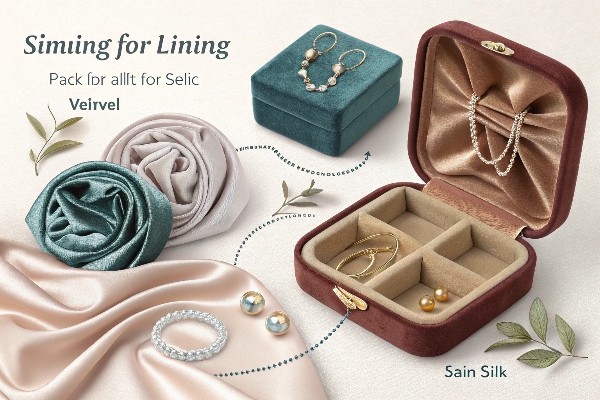
Focusing just on fabrics, there are a few favorites for jewelry box linings. Velvet is a popular choice for many reasons. It's thick and plush, providing great cushioning. The dense pile helps prevent items from moving and scratching each other. It also just looks and feels luxurious. Suede (often faux suede in boxes) is another good option. It has a slightly different texture than velvet, a bit more matte and sometimes thinner, but still very soft. Satin and silk fabrics are smooth and shiny. They give a box a very elegant or delicate feel. Silk is particularly good for very fine jewelry like pearls or delicate gold chains.
When choosing the fabric, think about:
Factors for Choosing Lining Fabric
- Softness: Is it gentle enough for delicate items?
- Durability: Will it hold up over time with use?
- Look and Feel: Does it match the style of the box and the jewelry it will hold?
- Color: Darker colors like black, navy, or deep red make metals and stones stand out. Lighter colors look clean but can show dirt.
Factories that make jewelry boxes often buy the rigid box shell from places that use machines like mine [^1], then they add the lining themselves. The quality of the outer box matters. A well-made rigid box provides a solid base for the lining. If the box is flimsy or has uneven surfaces, it's harder to get the lining to look smooth and professional. So, the process of selecting and installing the lining is the final step in creating a high-quality box, built upon a strong foundation.What should I look for in a jewelry box?
Buying a jewelry box means looking at many things. What features are most important? You want a box that protects your treasures.
When choosing a jewelry box, look for sturdy construction, a soft non-abrasive lining, and enough compartments or sections to organize your specific jewelry types. Security and aesthetic appeal are also key.
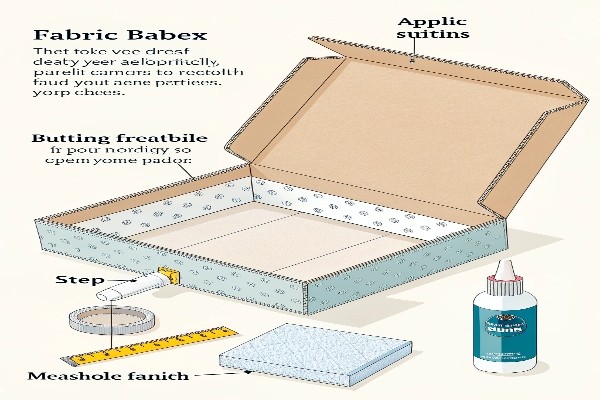
When I think about what makes a good jewelry box, it's a combination of everything we've talked about. First, the structure needs to be solid. This usually means a well-made rigid box. As someone in the machine business [^1], I appreciate a box made with precise cuts and strong corners [^3], perhaps using methods like grooving and automated taping [^4]. This kind of structure protects the jewelry from physical knocks.
Second, the interior lining is vital. As we discussed, a soft fabric like velvet or suede is best to prevent scratches. The lining should be neatly applied, with no loose edges or lumps.
Third, look at the organization inside. Does it have specific slots for rings? Hooks for necklaces? Small sections for earrings? Drawers for bracelets? The layout should match your jewelry collection. A poorly organized box means items get tangled, even on a soft lining.
Fourth, consider the closure. Is it secure? A latch or lock can provide extra peace of mind.
Finally, the overall look and feel. Does the outer material look nice? Is the box size right?Checklist for a Good Jewelry Box
- Structure: Is the box frame strong and rigid? (Often starts with good paperboard and precise manufacturing!)
- Lining: Is the inside material soft and protective? (Velvet, suede, etc.)
- Organization: Does it have the right compartments for your jewelry?
- Closure: Is it secure?
- Finish: Does the outside covering look well-made?
A high-quality jewelry box is more than just a container; it's a safe home for valuable items. Its quality starts with the base structure – the rigid box itself – before the final touches like lining are added.Conclusion
Choosing the best jewelry box means finding a strong outer structure and a soft inner lining, like velvet or suede, to protect your precious items.


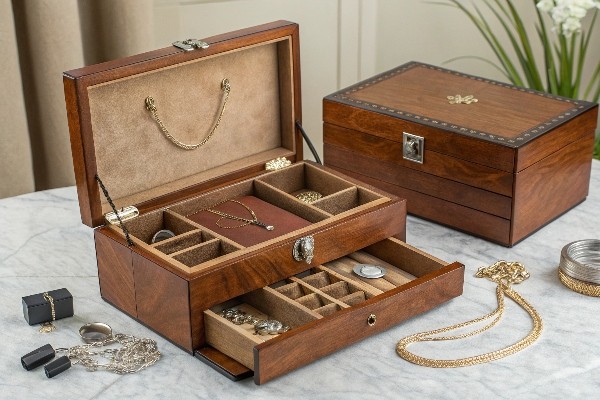


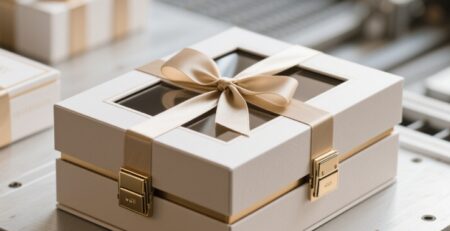
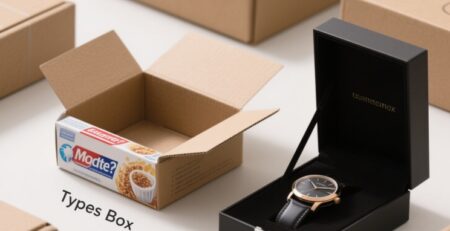


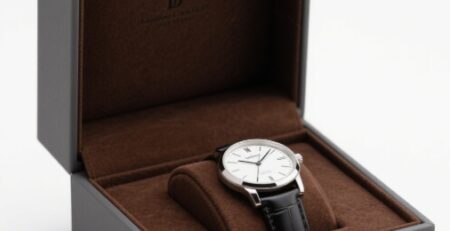


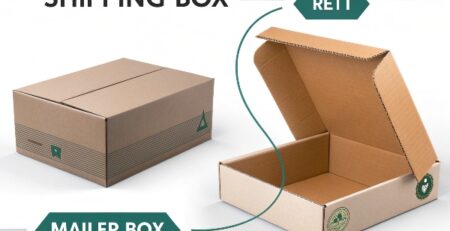
发表回复